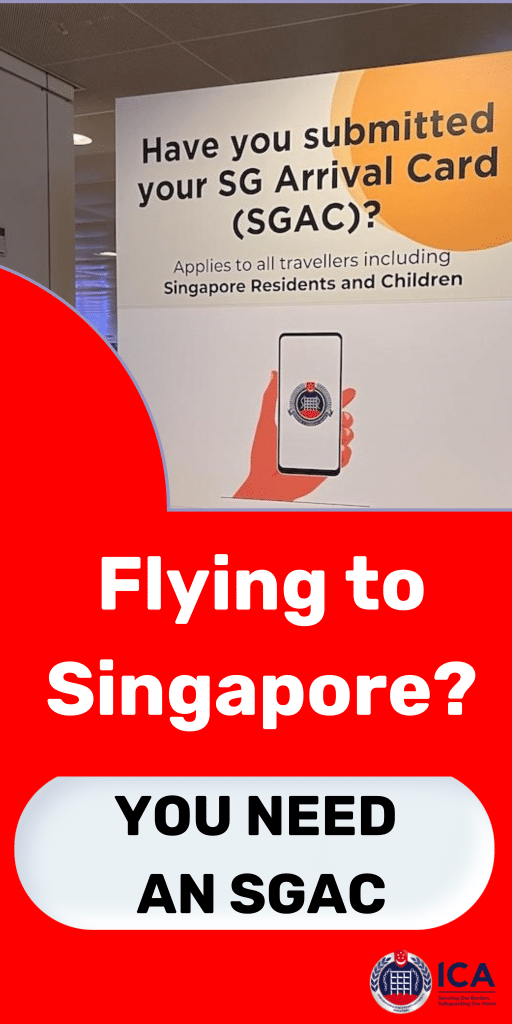An early industrializer and transport hub, rapid economic development left Singapore’s natural environment severely eroded. But today the city is transforming into a more sustainable “City in a Garden” through targeted environmental policies.
This article examines Singapore’s green journey – effects of early growth-focused policies, sustainability issues, current strategies to restore greenery and improve eco-practices, and areas for continued progress.
While substantial green progress has occurred, Singapore must keep advancing sustainability principles within its competitive modern economy. Protecting the future requires protecting nature.
Early Development at a Cost
In its rush to industrialize and urbanize after independence, Singapore accepted major environmental trade-offs:
- Massive land reclamation projects demolished natural coastlines for economic needs.
- Pollution from refineries, manufacturing and shipping degraded air and water quality.
- Forests and biodiversity depleted for development needs.
- Car culture and energy intensity took off. High private vehicle usage and CO2 emissions.
- Utility production heavily dependent on imported natural gas. Energy efficiency lagged.
- Population density expanded drastically with urbanization. Only 0.5% of land remains forested naturally.
Economic needs trumped green considerations during Singapore’s vulnerable early years.
Current Sustainability Challenges
The growth-focused development approach leaves behind sustainability issues today:
- Scarce remaining nature reserves and biodiversity under threat.
- Local extinction risks for fauna like the Singapore freshwater crab.
- Limited renewable energy – under 1% of power from solar currently.
- Water supply over-dependent on imported sources. Drain on resources.
- Major consumer waste generation. Recycling rates lag despite efforts.
- Air pollution periodically reaches hazardous levels.
- Car culture still ingrained despite taxation attempts. Traffic and emissions high.
Growth came at an ecological cost. Recalibration is needed to safeguard Singapore’s environmental future.
Garden City Ambitions
To restore green spaces, Singapore launched the Garden City initiative in 1967:
- Mass planting of greenery across the city for aesthetic and cooling benefits.
- Roadside trees, park connectors along canals, vertical greenery.
- Reforestation efforts like the Bukit Timah Nature Reserve to rescue native forest habitats and species.
- Parks and gardens even within the bustling city center provide eco-retreats.
- Community grassroots activities like tree planting drives foster green civic values.
The Garden City Vision brought back greenery across the urban landscape. But some critics say it privileges ornamental over ecological motives.
Sustainable Development Policies
Further national sustainability policies introduced:
- Carbon emissions cap through the Carbon Pricing Act.
- Housing estates integrate green building standards for energy and water efficiency.
- Expanded park connectors for cycling and walking over car use.
- Electronic road congestion pricing to discourage excessive private vehicle traffic.
- Educational efforts and penalties against littering and waste.
- Recycling and waste treatment expansion through Semakau landfill and NEWater technology.
- Solar panel deployment on rooftops, though still a tiny energy share.
- Grants encouraging green tech innovation by startups.
Top-down policies steer Singapore toward a more climate-friendly and self-sufficient model.
Room for Improvement
More progress is still needed in areas like:
- Shifting energy mix decisively toward renewables like solar, wind and hydrogen.
- Reducing car dependency and congestion through urban design and incentives. Promoting electric vehicles.
- Curbing consumption, improving recycling levels and food waste reduction.
- Enhancing natural carbon sinks through reforestation and mangrove restoration.
- Mainstreaming sustainable investment and banking.
- Lightening reliance on foreign water supply.
- Mandating green standards for larger new buildings.
- Instilling community-driven conservation values from young through curriculum and activities.
Sustainability requires both individual responsibility and supportive structural policy shifts.
Conclusion
Through coordinated policies and public-private partnerships, Singapore now balances economic priorities with ecological stewardship far better than in the past. But strengthening its sustainability framework remains a continuous process requiring persistent effort.
With pragmatism and collective will, Singapore can achieve its twin goals of maintaining competitiveness while creating an environmentally resilient city aligned with nature. Clean, green, efficient and climate-ready — the Singapore of tomorrow depends on decisions made today.

Goh Jun Cheng is the chief staff writer for SingaporeAirport.com. Jun Cheng graduated with a degree in journalism from Nanyang Technological University in Singapore.
He has over 5 years of experience writing about aviation, tourism, and lifestyle topics relevant to locals and visitors in Singapore. His articles provide insights into the rich culture, cuisine, and attractions of Singapore. Jun Cheng is an avid traveler who has visited over 15 countries.
When he is not writing or traveling, he enjoys photography, trying new foods, and hiking. As a longtime Singapore resident, Jun Cheng is passionate about sharing hidden gems and perspectives about his home country.




